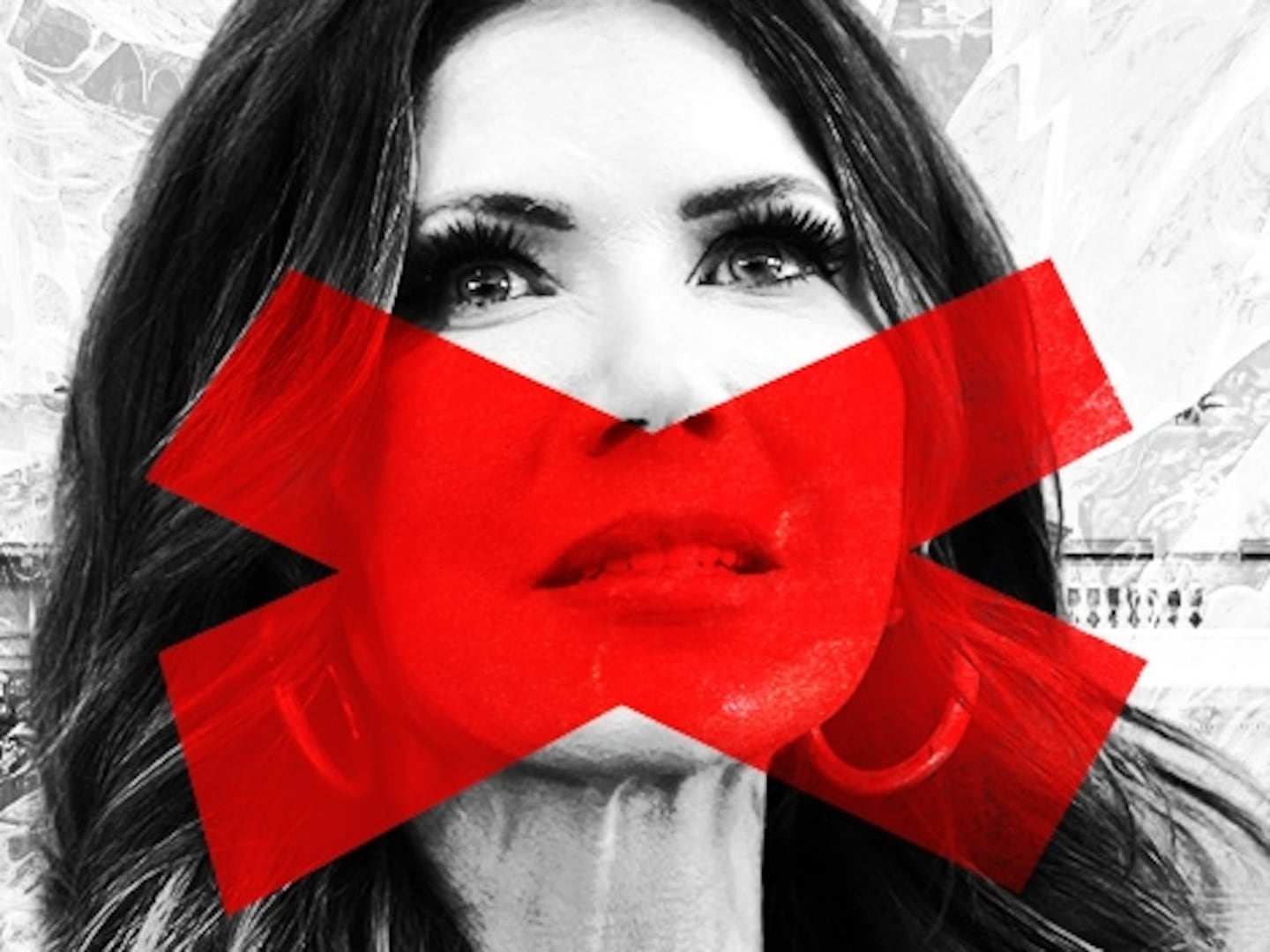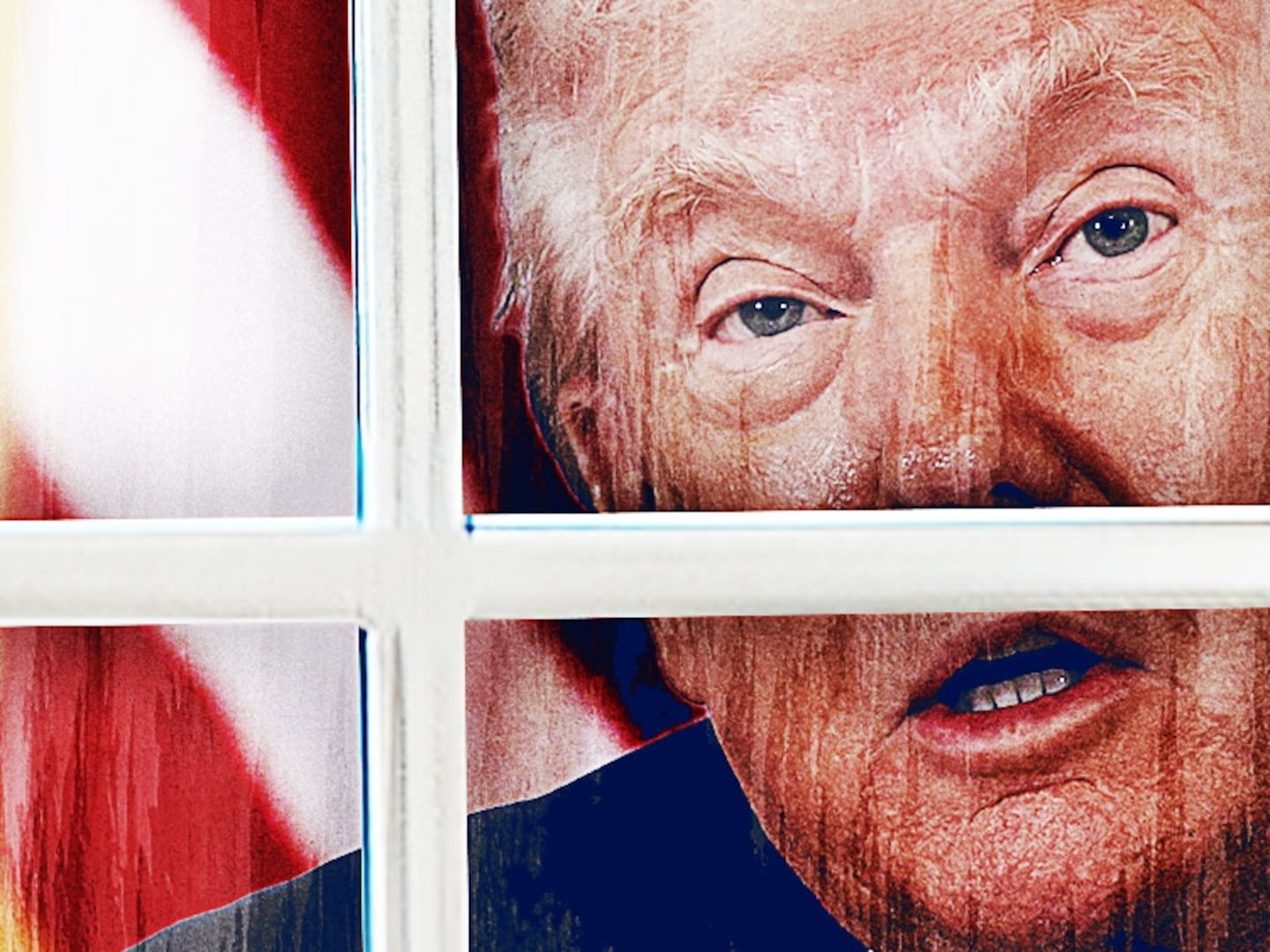This fourth and last installment of Michael Tomasky’s new e-book, Yeah! Yeah! Yeah!: The Beatles and America, Then and Now, is about the music. Was their music really that different? Yes. Here’s how.
Read the first excerpt here, the second here, and the third here.
You can buy Yeah! Yeah! Yeah! by clicking here.
***
So what is it about the guitar—the electric guitar in particular? Our brains are wired to respond, strongly and primally, to music of all kinds. The hypothalamus becomes super-charged, the dopamine sets to racing—to violins, the piano, anything. But in most people, responses are more intense the sharper the sound, which makes the electric guitar, in some sense, the emperor of the dopamine kingdom. There is no known physiological defense. There are only constructed ones: the Bible, the chastity belt, “There! I’ve Said It Again.”
The human urge to pluck a string and make music goes back many millennia. There’s a guitar-like instrument in a cave painting in southern France dating to 5,000 or 10,000 years before what we call “civilization” got started. The idea of the male guitarist as sex symbol first began to take hold, and seems to have had its origins, in muy macho Moorish Spain.
By the 19th and 20th centuries, the guitar (and related stringed instruments) also acquired certain social meanings. And as technology advanced, with the Industrial Revolution whirring away in the background, a scrambling search for volume commenced. The first electric guitars appeared in the 1930s. But still, no regular person could really go buy one. Then, after the war, in the early 1950s, a man whose last name lives on, Leo Fender, developed the first electric guitar that was mass-produced and that regular people could afford to buy.
This meant that young Lennon, McCartney, and Harrison (and young Richards and Townshend and Clapton et cetera) were part of the first generation of humans who could go buy an electric guitar at a department or music store. Across the Western world, and in the Anglophone nations in particular, boys gathered with these new guitars, in the garages of freshly constructed American homes in the suburbs, and in places like the bathrooms of English art colleges, cutting class, smoking, teaching one another how to tune the blasted thing—and, most of all, discovering what guitars could do, and sound like, together.
And that’s where the two-guitar sound that they perfected came from. Yes, they had some predecessors, but they took the two-guitar idea to new place: Theirs was the first music that took these influences and combined them into a new sound that was driven by the interplay between two guitars—two electric guitars, going along together, playing different parts, both playing at a high volume, driving the sound. Others may have come along and quickly taken matters to even higher volumes—the Stones and the Kinks and the Who. But combining blues, country, pop, music hall, and Broadway into a two-guitar sound called rock’n’roll was something The Beatles did first.
Think of “You Can’t Do That,” a Lennon song recorded as soon as they got home from America. The opening riff is Harrison’s, played on his Rickenbacker 12-string. When the drums kick in, so do McCartney’s bass and Lennon’s rhythm, gnashing on a G7 chord (seventh notes are bluesy). Then Harrison keeps the riff going while Lennon plays the solo, one of only a handful he played as a Beatle. But throughout, it’s two loud (very loud, for 1964) electric guitars.
The two guitars were the main reason adults complained about all that plaster-crumbling noise, but they weren’t the only reason. McCartney is one of the great bassists in rock history, of course; his most expressive lines—“Something,” “Getting Better,” “Rain”—would come later. But even in the early songs he did a lot more than just sitting on what is called the root note. He often gave a song an interesting flavor by not playing the root note but the third or the fifth. He did this most famously on what is still probably the most instantly recognizable single chord in rock history, the opening chord of “A Hard Day’s Night.” Harrison and Lennon are each playing a kind of complicated F chord with G notes added (the song is in the key of G)—Harrison on his 12-string, Lennon on an acoustic. On bass, though, McCartney hits a D (the fifth note of the G scale). If he’d played the root note, the G, it would have sounded like an ending, not a beginning. As it is, the chord hangs there sumptuously and enigmatically, like a ballet dancer in mid-jump; far more attention has been focused over the years on the guitar chord, but it’s actually McCartney’s D that makes the overall effect so surprising and exhilarating.
Now, the drums. Poor Ringo, always shat upon. But he was an original, too. His specific innovation: the open high-hat. Ringo kept the high-hat open most of the time in those early songs. This produced not four distinct reports, but a rolling and continuous, well, racket: t-tsch-t-tsch-t-tsch-t-tsch (okay, it’s kind of hard to write). Take, again, “I Want to Hold Your Hand.” Think of the bridge: “And when I touch you, I feel happy inside …” Remember how it quiets down there? What makes that happen? John and George are playing a little softer, sure. But mainly, Ringo has just closed the high-hat. Totally changes the mood of the song—instantly it’s more subdued and intimate. Then, as it builds back to “I can’t hide, I can’t hide”—and what a frankly sexual build-up that was, for 1964; a musical imitation of peaking to an orgasm—he starts to open it again; and it stays open through the verse. Now try to imagine the song with the high-hat closed through the verse. Completely different song—far less frantic, less pulsing, less everything.
Everything was new. And the harmonies. And the chords. The chords! Bob Dylan once said: “Their chords were outrageous, just outrageous, and their harmonies made it all valid.” No one had ever heard sounds like this. Bobby Vinton and The Singing Nun and their ilk were not to be instantly shooed off the Billboard charts. Change takes time. The song that finally bumped The Beatles from the U.S. #1 slot that May? Louis Armstrong’s “Hello, Dolly.” Armstrong is a towering musical genius, of course, but that particular song was a towering hunk of cheese, with that silly riverboat banjo, and it seems like it must have hit #1 as part of a concerted effort by oldsters to promote it in order to experience the relief of hearing some nice music on the radio again.
But the world was on notice. I remember seeing Bobby Short, the great lounge pianist and vocalist, on Johnny Carson once. Johnny asked him if there was ever a time when he had trouble finding work. Oh yes, he said instantly; right after The Beatles hit. He said it more condescendingly than that. And more angrily—this was the early ’80s, I think, and he was still pissed. The safe world he’d known started ending in early 1964. A lot of people weren’t happy about it and still aren’t. But once young people heard those songs, and grew their hair and bought guitars and absorbed those encoded lessons about spitting in the eye of authority and started to be themselves, the game was won.
You can buy Yeah! Yeah! Yeah! by clicking here.





